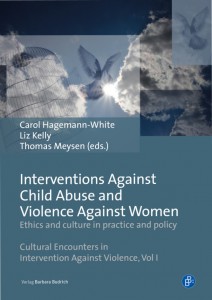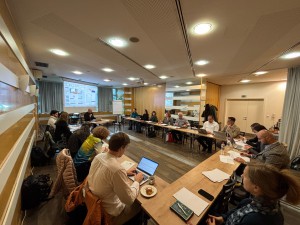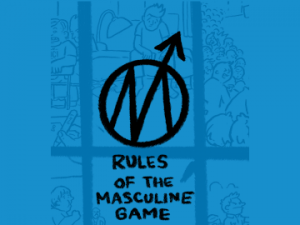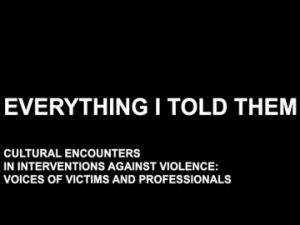New book ‘Interventions Against Child Abuse and Violence Against Women’
4. 11. 2019 | Gender

 New book “Interventions Against Child Abuse and Violence Against Women: Ethics and culture in practice and policy”, Carol Hagemann-White Liz Kelly Thomas Meysen (eds.) is another result of the research project “Cultural Encounters in Intervention Against Violence (CEINAV)” where we listened to the voices of professionals and of victim survivors in four countries – England & Wales, Germany, Portugal and Slovenia. This volume brings together some of the findings from the project as well as reflections on the project as a whole. The sections are organised to reflect the overlapping and to multiply linked streams of work and thinking within the project, which mainly focused on the ethical issues emerging from narratives and the ethical dilemmas experienced by professionals, given the different legal and institutional systems, histories and cultural traditions in the four countries.
New book “Interventions Against Child Abuse and Violence Against Women: Ethics and culture in practice and policy”, Carol Hagemann-White Liz Kelly Thomas Meysen (eds.) is another result of the research project “Cultural Encounters in Intervention Against Violence (CEINAV)” where we listened to the voices of professionals and of victim survivors in four countries – England & Wales, Germany, Portugal and Slovenia. This volume brings together some of the findings from the project as well as reflections on the project as a whole. The sections are organised to reflect the overlapping and to multiply linked streams of work and thinking within the project, which mainly focused on the ethical issues emerging from narratives and the ethical dilemmas experienced by professionals, given the different legal and institutional systems, histories and cultural traditions in the four countries.
Peace institute collaborators contributed two chapters to the book. In the chapter “Theorising complex inequalities to meet the challenges of intervention against violence”, Vlasta Jalušič explains how the experiences of both researchers and activists in various fields of the struggle against inequalities have uncovered the multidimensionality of unequal positions, not only that different sources of inequality might be interconnected and complementary, but also that inequalities stem from various realms of power relations simultaneously. Thus, gender inequality can have its sources in the economic, political, family and ethno-cultural realms at the same time, while not all of them necessarily influence it to the same extent.
In the chapter “Making it visible: employing art in researching intervention against violence”, Vlasta Jalušič, Lana Zdravković and Raquel Felgueiras rethink the question whether art, as a practice and a product, can help understand the dilemmas of intervention against violence and empower survivors in their aim to have a voice? Chapter brings in-depth analysis of the potential of art and aesthetic as epistemological practices and empowerment tools in both doing research and framing a survivor sensitive approach of intervention to stop violence and how the introduction of aesthetic practice (narrative, visual arts) can contribute to relations of equality and empowerment in conditions of diversity and plurality, in both intervention and research process itself.




